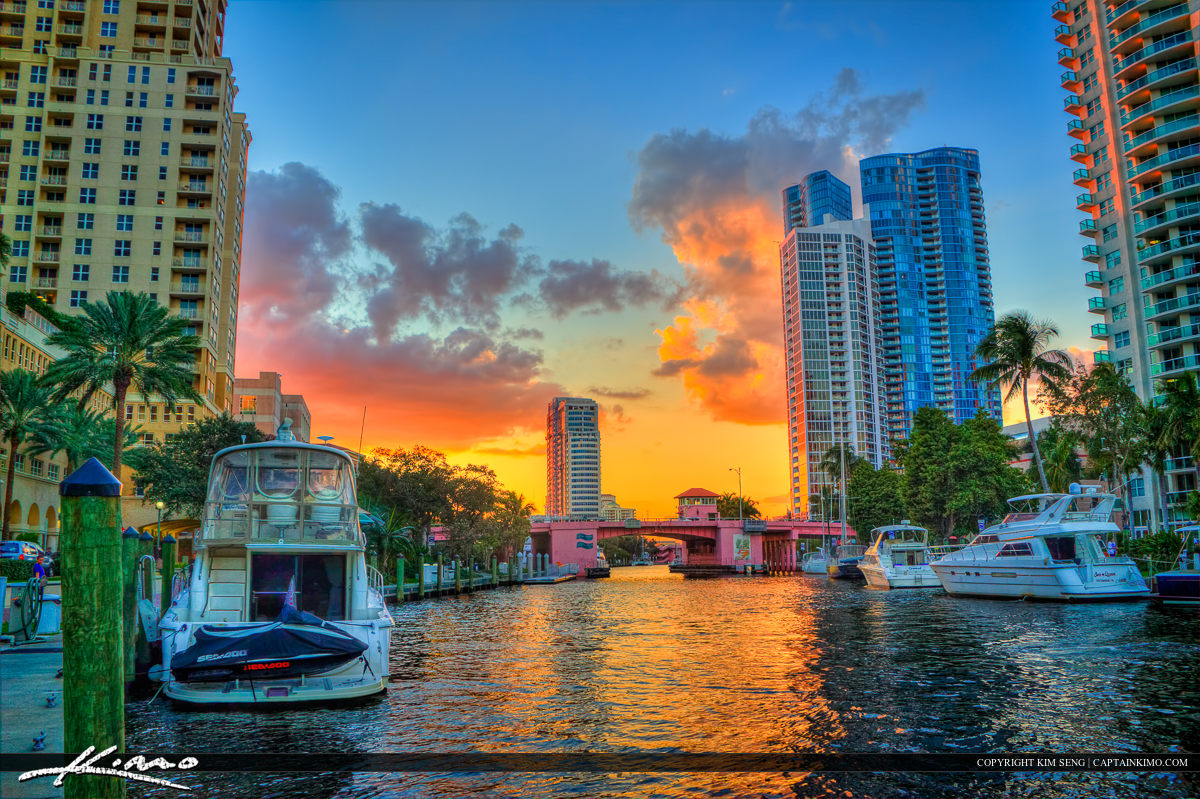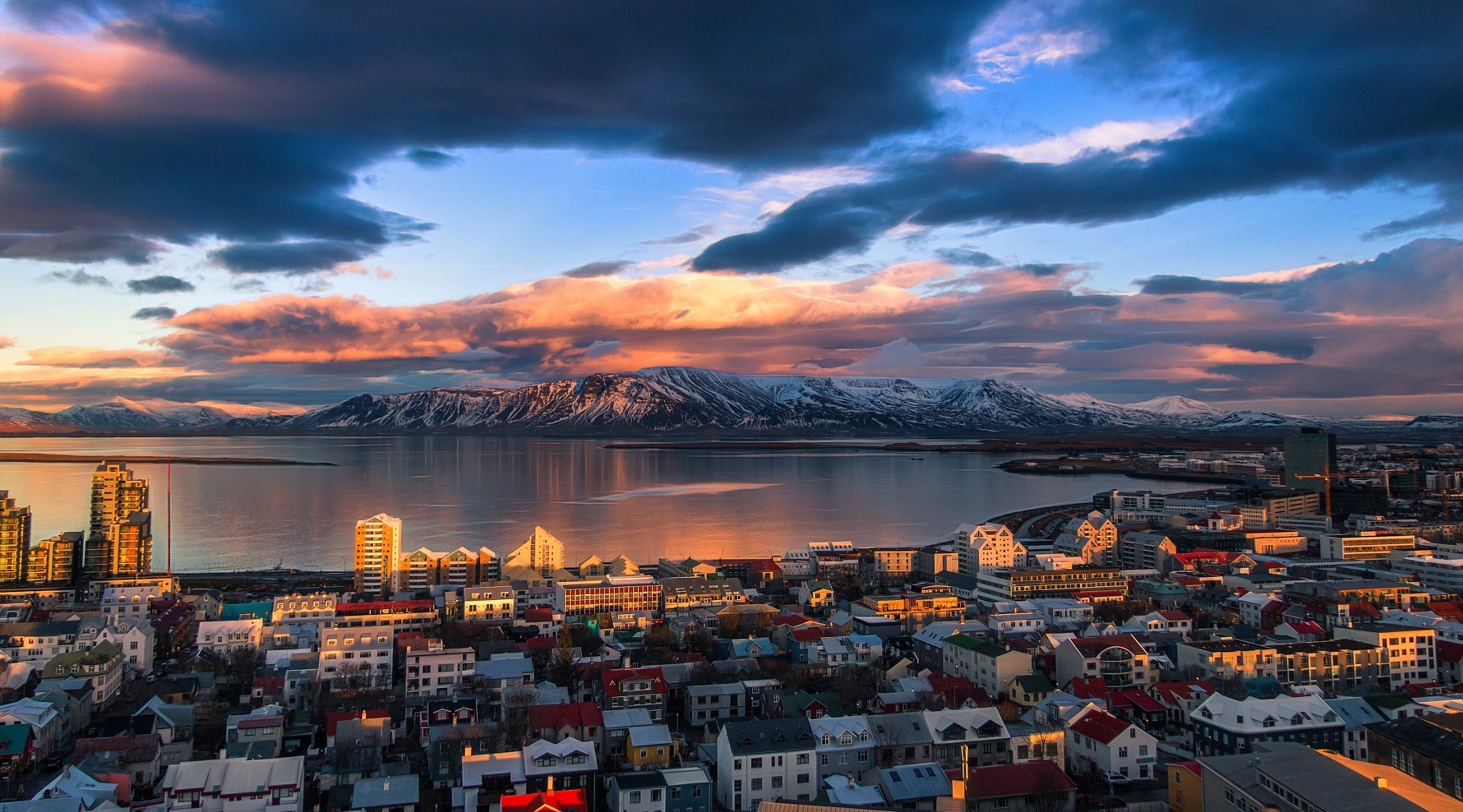

| Cruise Region :
Europe Northern Europe |
| Company Category : Premium |
| Company name : Princess Cruises |
| Ship name : Island Princess |
| Journey Start Date : Thu 26 May 2022 |
| Journey End Date : Mon 13 Jun 2022 |
| Port start : Fort Lauderdale / USA |
| Port end : London / Great Britain |
| Count Nights : 18 nights |
| Day | Port | Date | Arrival | Departure |
|---|---|---|---|---|
| 1 | Fort Lauderdale / USA | Thu 26 May | 16:00 | |
| 2 | Day at sea / Sea | Fri 27 May | ||
| 3 | Day at sea / Sea | Sat 28 May | ||
| 4 | Day at sea / Sea | Sun 29 May | ||
| 5 | Halifax / Canada | Mon 30 May | 08:00 | 17:00 |
| 6 | Day at sea / Sea | Tue 31 May | ||
| 7 | Day at sea / Sea | Wed 01 Jun | ||
| 8 | Day at sea / Sea | Thu 02 Jun | ||
| 9 | Day at sea / Sea | Fri 03 Jun | ||
| 10 | Day at sea / Sea | Sat 04 Jun | ||
| 11 | Reykjavik / Iceland | Sun 05 Jun | 08:00 | 20:00 |
| 12 | Isafjordur / Iceland | Mon 06 Jun | 08:00 | 18:00 |
| 13 | Akureyri / Iceland | Tue 07 Jun | ||
| 14 | Day at sea / Sea | Wed 08 Jun | ||
| 15 | Lerwick / Great Britain | Thu 09 Jun | 09:00 | 17:00 |
| 16 | Day at sea / Sea | Fri 10 Jun | ||
| 17 | Cove (Cork) / Ireland | Sat 11 Jun | 09:00 | 18:00 |
| 18 | Falmouth / Jamaica | Sun 12 Jun | 07:00 | 17:00 |
| 19 | London / Great Britain | Mon 13 Jun | 06:00 |
| Build Year : 2003 |
| Width : 32.00 |
| Length : 294.00 |
| Speed : 22.00 |
| Capacity : 1974 |
| Deck Quantity : 11 |
| Cabin Quantity : 987 |
| Restaurant Quantity : 4 |
| Lift Quantity : 12 |
| Balancer : Yes |

Fort Lauderdale is a city in the U.S. state of Florida, 28 miles (45 km) north of Miami. It is the county seat of Broward County. As of the 2017 census, the city has an estimated population of 180,072. Fort Lauderdale is a principal city of the Miami metropolitan area, which was home to an estimated 6,158,824 people in 2017.
The city is a popular tourist destination, with an average year-round temperature of 75.5 °F (24.2 °C) and 3,000 hours of sunshine per year. Greater Fort Lauderdale, encompassing all of Broward County, hosted 12 million visitors in 2012, including 2.8 million international visitors. In 2012, the county collected $43.9 million from the 5% hotel tax it charges, after hotels in the area recorded an occupancy rate for the year of 72.7 percent and an average daily rate of $114.48. The district has 561 hotels and motels comprising nearly 35,000 rooms. Forty-six cruise ships sailed from Port Everglades in 2012. Greater Fort Lauderdale has over 4,000 restaurants, 63 golf courses, 12 shopping malls, 16 museums, 132 nightclubs, 278 parkland campsites, and 100 marinas housing 45,000 resident yachts.
Fort Lauderdale is named after a series of forts built by the United States during the Second Seminole War. The forts took their name from Major William Lauderdale (1782–1838), younger brother of Lieutenant Colonel James Lauderdale. William Lauderdale was the commander of the detachment of soldiers who built the first fort. However, development of the city did not begin until 50 years after the forts were abandoned at the end of the conflict.
Three forts named "Fort Lauderdale" were constructed: the first was at the fork of the New River, the second was at Tarpon Bend on the New River between the present-day Colee Hammock and Rio Vista neighborhoods, and the third was near the site of the Bahia Mar Marina.




Halifax, also known as the Halifax Regional Municipality (HRM), is the capital of the Canadian province of Nova Scotia. The municipality had a population of 403,131 in 2016, with 316,701 in the urban area centred on Halifax Harbour. The regional municipality consists of four former municipalities that were amalgamated in 1996: Halifax, Dartmouth, Bedford, and Halifax County.
Halifax is a major economic centre in Atlantic Canada with a large concentration of government services and private sector companies. Major employers and economic generators include the Department of National Defence, Dalhousie University, Saint Mary's University, the Halifax Shipyard, various levels of government, and the Port of Halifax. Agriculture, fishing, mining, forestry and natural gas extraction are major resource industries found in the rural areas of the municipality.






Reykjavík is the capital and largest city of Iceland. It is located in southwestern Iceland, on the southern shore of Faxa Bay. Its latitude is 64°08' N, making it the world's northernmost capital of a sovereign state. With a population of around 123,300 (and over 216,940 in the Capital Region), it is the heart of Iceland's cultural, economic and governmental activity, and is a popular tourist destination.
Reykjavík is believed to be the location of the first permanent settlement in Iceland, which, according to Ingólfr Arnarson, was established in AD 874. Until the 19th century, there was no urban development in the city location. The city was founded in 1786 as an official trading town and grew steadily over the following decades, as it transformed into a regional and later national centre of commerce, population, and governmental activities. It is among the cleanest, greenest, and safest cities in the world.

Isafjörður, meaning ice fjord or fjord of ice, ice in plural genitive) is a town in the northwest of Iceland.
The oldest part of Ísafjörður with the town centre is located on a spit of sand, or eyri, in Skutulsfjörður, a fjord which meets the waters of the larger fjord Ísafjarðardjúp. With a population of about 2,600, Ísafjörður is the largest settlement in the peninsula of Vestfirðir (Westfjords) and the administration centre of the Ísafjarðarbær municipality, which includes – besides Ísafjörður – the nearby villages of Hnífsdalur, Flateyri, Suðureyri, and Þingeyri.

Akureyri is a town in northern Iceland. It is Iceland's Fifth largest municipality.
Nicknamed the Capital of North Iceland, Akureyri is an important port and fishing centre. The area where Akureyri is located was settled in the 9th century but did not receive a municipal charter until 1786. The town was the site of Alliedunits during World War II. Further growth occurred after the war as the Icelandic population increasingly moved to urban areas.
The area has a relatively mild climate because of geographical factors, and the town's ice-free harbour has played a significant role in its history.




Cork is a city in south-west Ireland, in the province of Munster, which had a population of 125,657 in 2016.
The city is on the River Lee which splits into two channels at the western end and divides the city centre into islands. They reconverge at the eastern end where the quays and docks along the river banks lead outwards towards Lough Mahon and Cork Harbour, one of the largest natural harbours in the world.
Expanded by Viking invaders around 915, the city's charter was granted by Prince John, as Lord of Ireland, in 1185. Cork city was once fully walled, and the remnants of the old medieval town centre can be found around South and North Main streets.
The third largest city on the island of Ireland, the city's cognomen of "the rebel city" originates in its support for the Yorkist cause in the Wars of the Roses. Corkonians often refer to the city as "the real capital", a reference to its opposition to the Anglo-Irish Treaty in the Irish Civil War.

